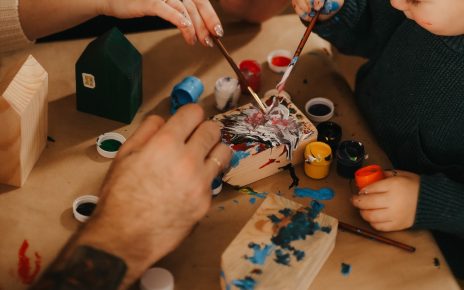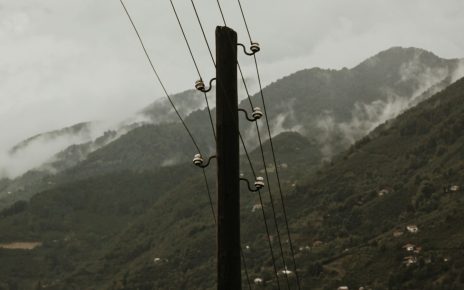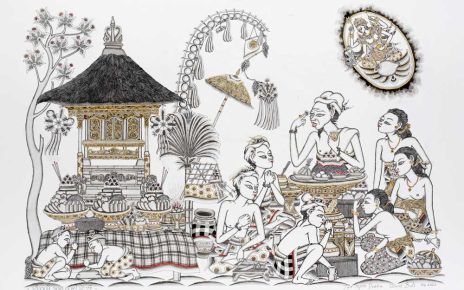Traditional Balinese Clothing: An Introduction
When we think of Bali, images of pristine beaches, lush rice terraces, and vibrant cultural traditions often come to mind. One of the most distinctive aspects of Balinese culture is its traditional clothing, which reflects the island’s rich history and artistic heritage. In this article, we’ll explore the fascinating world of traditional Balinese clothing, from its history and significance to its unique features and styles.
The History of Traditional Balinese Clothing
Traditional Balinese clothing has a long and storied history that dates back centuries. Influenced by various cultures such as Indian, Chinese, and Javanese, Balinese clothing is a vibrant tapestry of colors, textures, and patterns. The intricate designs and craftsmanship of Balinese textiles have been passed down through generations, with each piece telling a story of the island’s cultural identity.
Key Elements of Balinese Clothing
One of the most iconic pieces of traditional Balinese clothing is the kebaya, a fitted, lace blouse worn by women. Paired with a sarong, a colorful wrap-around skirt, the kebaya is a symbol of grace and elegance in Balinese culture. Men, on the other hand, typically wear a kamen, a cloth wrap tied at the waist, along with a udeng, a ceremonial headdress.
Colors and Patterns
Traditional Balinese clothing is known for its bright colors and intricate patterns, reflecting the island’s vibrant and diverse culture. From bold floral motifs to intricate batik designs, Balinese textiles are a feast for the eyes. Each color and pattern holds its own symbolic meaning, conveying stories of love, harmony, and spirituality.
Benefits and Practical Tips
There are several benefits to wearing traditional Balinese clothing, aside from the sheer beauty and elegance of the garments. For instance, Balinese clothing is well-suited to the island’s tropical climate, offering comfort and breathability in the heat. Additionally, wearing traditional clothing can be a form of cultural expression and a way to connect with the local community.
Practical Tips
- When visiting Bali, consider purchasing a traditional kebaya and sarong from a local market or boutique to immerse yourself in the culture.
- Learn how to properly tie a sarong, as different styles and techniques can convey different meanings and occasions.
- Respect local customs and traditions by dressing modestly when visiting temples or attending religious ceremonies.
Case Studies
Many visitors to Bali choose to participate in traditional Balinese clothing ceremonies, such as a merajan (temple visit) or a mekala-katang (coming-of-age ceremony). These experiences offer a unique opportunity to connect with the local community and gain insight into Balinese culture.
Firsthand Experience
During my recent trip to Bali, I had the chance to attend a traditional Balinese wedding ceremony, where I was invited to wear a kebaya and sarong. The experience was truly magical, as I felt a deep sense of connection to the island and its people. The intricate details of the clothing and the warm hospitality of the locals made the experience unforgettable.
Conclusion
Traditional Balinese clothing is more than just fabric and thread – it is a living expression of Bali’s cultural heritage and identity. By embracing and honoring these traditions, we can gain a deeper appreciation of the island’s rich history and artistic legacy. Whether you’re a visitor or a resident of Bali, traditional clothing offers a window into the soul of this enchanting island.





